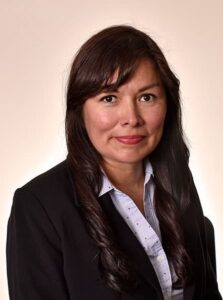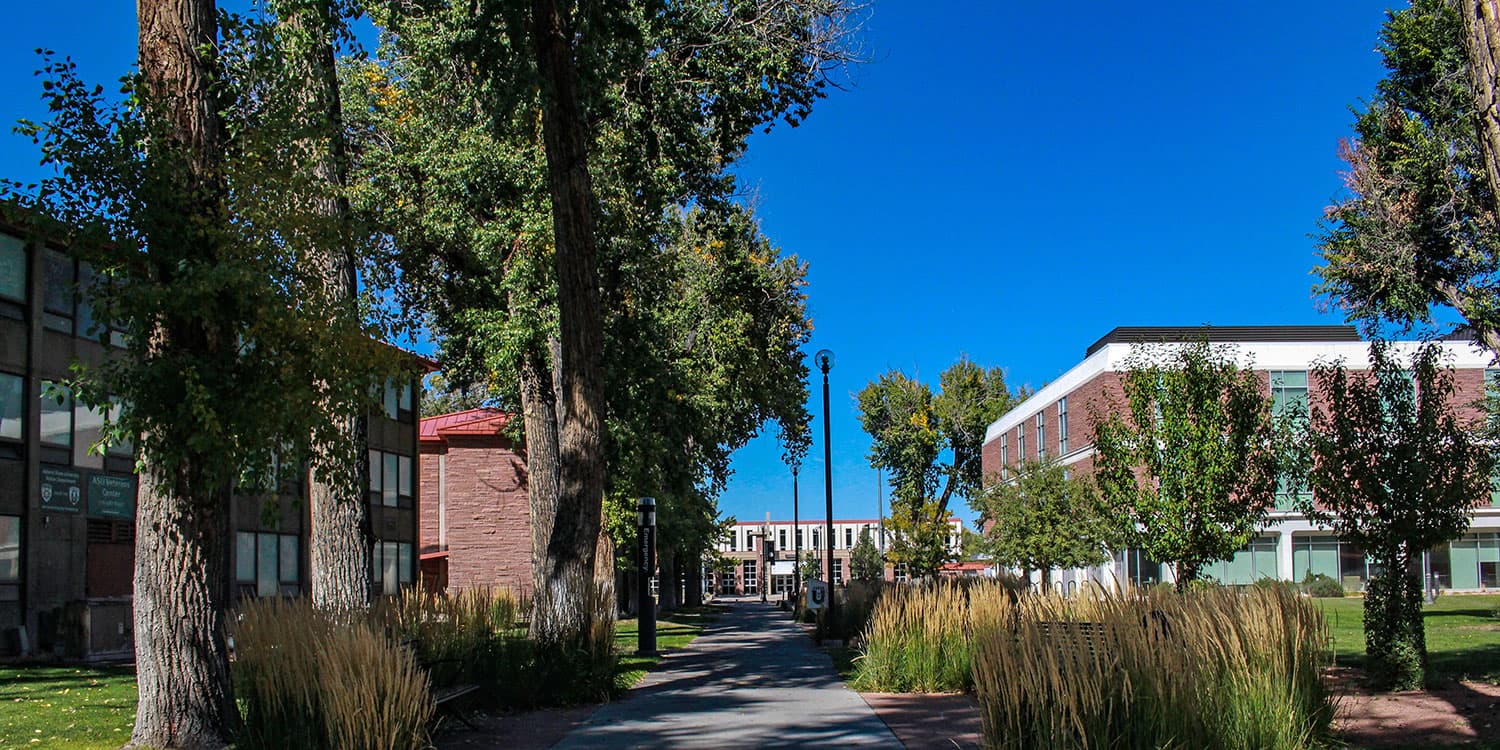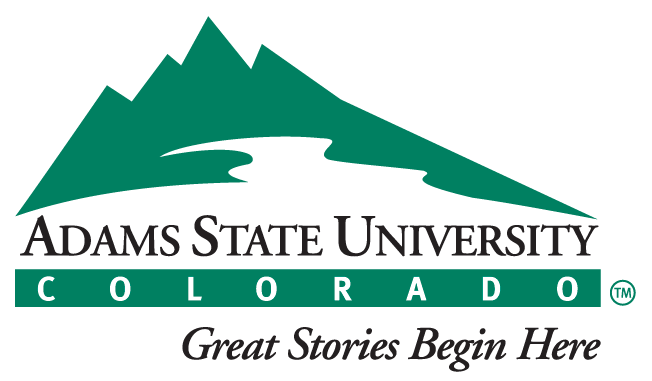Meliza Ramírez, Ph.D., assistant professor of Spanish, always wanted to teach. While earning her B.A. degrees in English and Spanish, she became particularly interested in teaching adult learners at the university level. So Ramírez, who was a first-generation college student, pursued a master’s degree and, ultimately, earned her Ph.D.
“As someone who learned English as a second language as an adult, I knew it was possible to acquire a second or third language in spite of one’s age. I also knew how challenging it was for adult learners to learn another language,” said Ramírez, who joined the faculty in August.

Many of those challenges are rooted in misconceptions about whether adults can learn another language once they pass a certain age — some say six-years-old, others say 12 years old. “I know for a fact that what we think about that critical age is not true, and research has shown that it is not true,” said Ramírez. “You can acquire and master another language as an adult learner. Maybe your pronunciation won’t be perfect, and it doesn’t have to be perfect, as long as you’re understood by people who speak the target language.”
As an instructor at Adams State, Ramírez is aware that her students come to class with various backgrounds and experiences with the language. “In the Valley, we have a diverse group of heritage learners. We have those who are bilingual or trilingual. They have learned Spanish at home, talking to their parents, grandparents or aunts and uncles. Then there are those who understand the language but don’t speak it or don’t feel comfortable speaking it because they think they don’t know enough,” said Ramírez. “I make sure my students know that it’s okay to make mistakes. I want them to feel comfortable sharing what they know about the Spanish language and Hispanic culture with their peers.”
In fact, tying her lessons to the Valley and its community is one of Ramírez’s strategies. “We talk about how in South America we use this word. If you go to Mexico, you will hear this other word. In the Valley, you will hear that word, which may be the same as the word we use in South America or Mexico or totally different,” she said.
Though Ramírez is relatively new to Adams State, it was the sense of community that drew her to the Valley in the first place. “There is so much culture in the Valley, and people are so proud of it. The university has done a great job connecting the campus community to the local community, not just through the classes we offer, but also through all the different events in which students, faculty, staff, and community members can participate,” she said.
Ramírez points to the university’s “Day of the Dead” celebration as one example, where students and community members learn about the holiday and how death is perceived in Spanish-speaking cultures. Similarly, Ramírez is teaching an evening Spanish Conversation class that is open to faculty, staff, and community members.
In the spring semester, Ramírez plans to teach another evening class, this one on short stories from the Spanish-speaking world, which will include stories written by authors from the Valley. “We’ll read each short story, analyze it, and learn from it. I think we’ll have a great group of students, faculty, staff, and community members join,” she said. “I’m a lifelong learner myself, and I would like to invite people in the community who also love to learn to attend our Spanish classes.”
Visit Adams State Bachelor of Arts in Spanish for more information.



